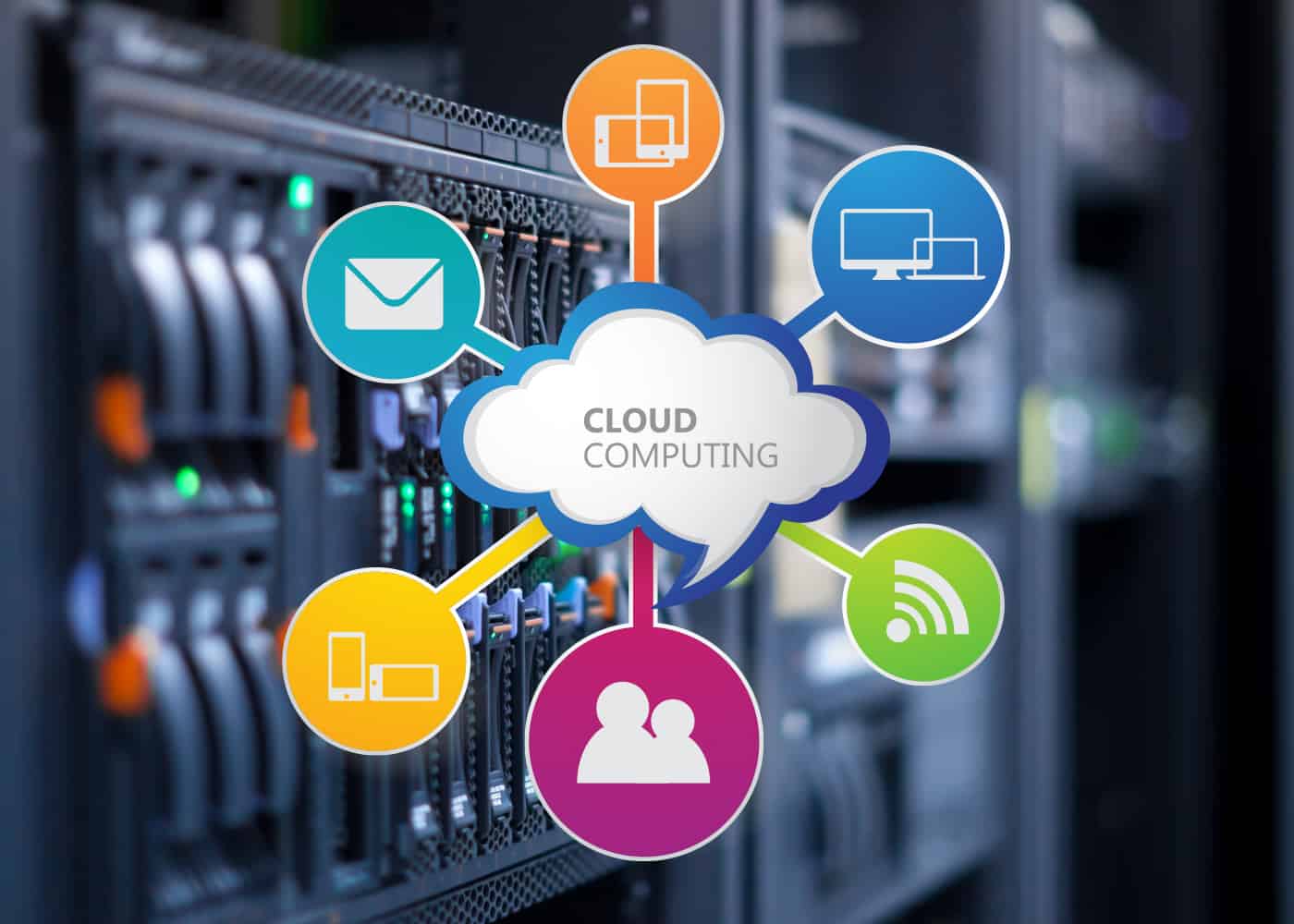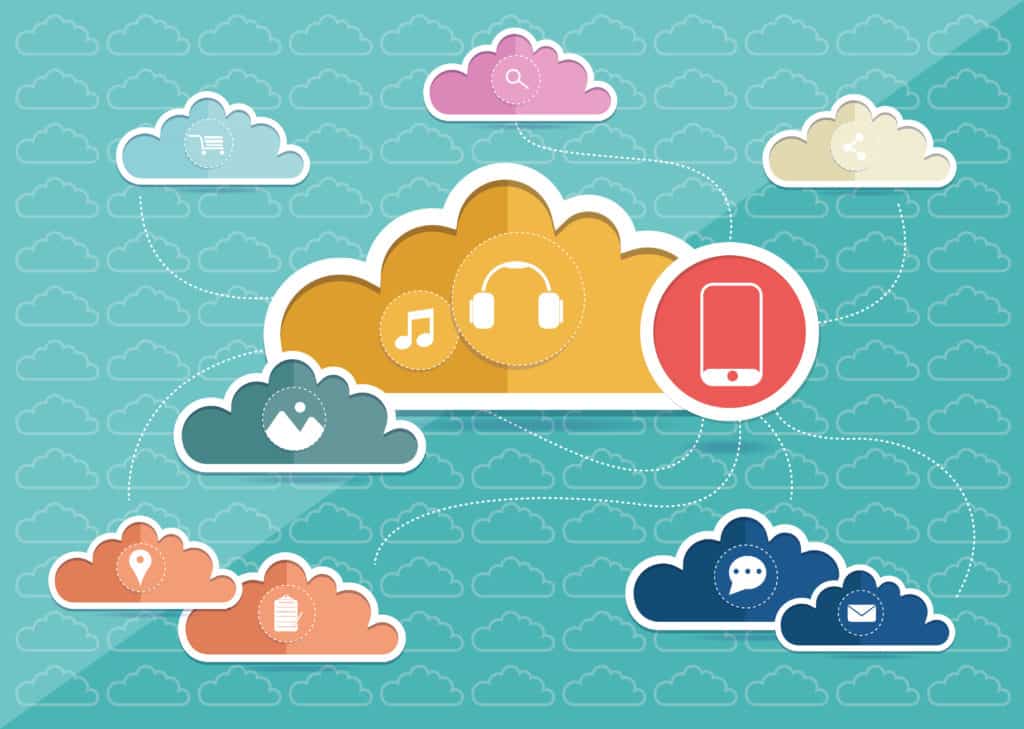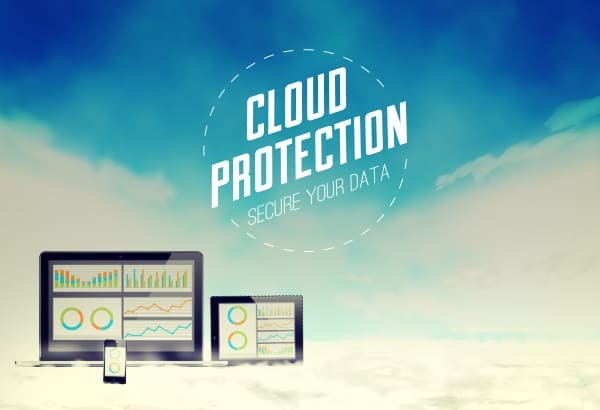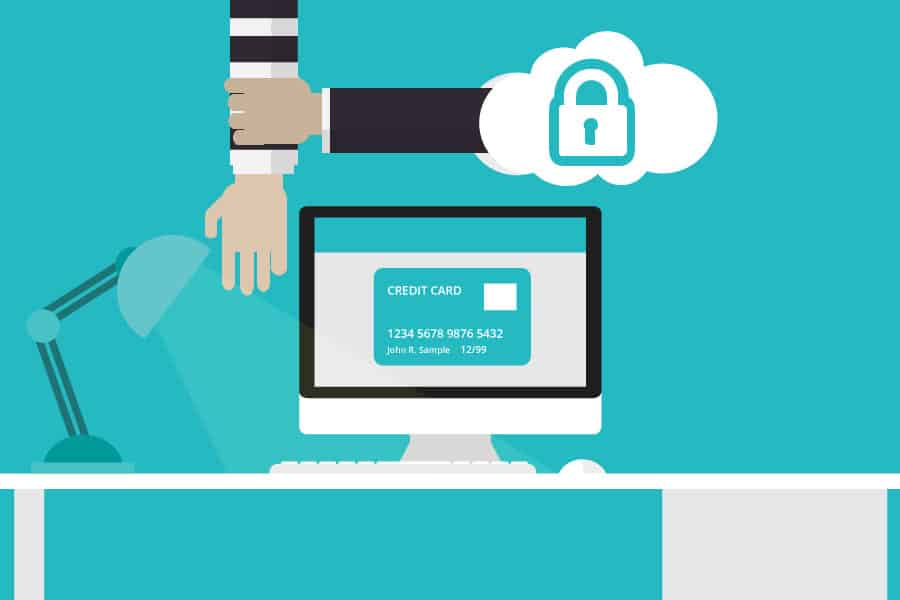¿How to detect and correct threats in your cloud services?
Cloud Services Platforms are today’s digital trends, However, there area potential threats to Cloud Services that might represent a serious risk
If your company or organization is in the process of migrating its applications and data to service platforms hosted in the Cloud, congratulations! You have advanced strides towards the optimization and updating of your company. Yet, we can’t help warning you about the importance of knowing the most significant threats that could undermine -and even completely damage- all your efforts.
In this article we will discuss the Top 6 Security Threats to Cloud Services. We also will explain why you should act immediately, so to detect and minimize them before they may strike you.
First: Hybrid Work Environments
Many of the security threats in Cloud Services are pretty much the same we can find when using physical data centers. However, when we work in hybrid environments (those that combines Cloud Services & physical data centers), new challenges show up, and it is a must to learn how to deal with them.
As responsible of our client’s network security, we must be prepared to identify each one of their work environments, and be ready to use the correct security tools available for each threat scenario (physical, virtual and both types).
Some of the detection tasks we propose are:
- Search for vulnerabilities, system configuration errors and early detection of malicious programs.
- Constant scanning of external and internal networks.
- Sharing scanning resources among different support groups.
- Installing options based upon agents/agentless analysis.
- Using dashboards and reports which settles all the information in a clear and accessible way.
Second: Stealing Credentials
Another major headache related to data vulnerability and Cloud Services, is credentials stealing. More specifically, the misappropriation of the logon data to Cloud Services, which are usually made through predictable user names and weak passwords.
To help to early detect this vulnerability, it takes to install double-factor authentication processes to access to Cloud Services, and carry out constant network monitoring so to detect unusual activities. Also, it is highly recommended to install and use network access controlling tools which helps to deeply defend computing resources, storage and networks.
Additionally, it is very important to keep a close monitoring of users who are authorized to access to the network, same as their permissions and accessibility privileges which have been granted to them.
Third: Fast development of Cloud Applications
It is paradoxical that the accelerated production of Cloud Applications could be one of the main problems that lead to greater vulnerability of Cloud Services. But yes, it happens that, although there are being developed very secure applications – such as those used by large online stores-, there also are being produced less secure, improvised and even domestic applications.
It is very likely that your company or organization is daily using applications that allow sending and receiving data, messages, images and videos which have access to confidential databases… which are developed so quickly that do not include information encryption protocols, or have not been extensively tested against external attacks.
Same, the inclusion of any kind of mobile devices to our networks through applications that handle sensitive data related to the commercialization of services and products; may install third-party applications that do not meet security protocols, nor do guarantee the reliability of their encryption systems.
Fourth: Internal Threats
Yes, if you had not guessed, your own users are often those who commit the most errors that put at risk the security of your information systems and Cloud Services, since they have natural access to data and applications of your company.
Accidents can be caused by mistake or by ignoring certain security protocols, but it can also occur intentionally, from personal dissatisfaction or untrustworthy. Even, there may be employees who no longer work for the company and still have access to logon in your Cloud Services.
To avoid such threats, it is necessary to implement a strict policy of confidentiality in employment contracts by specifying stringent legal provisions, identifying possible problems in the process of notification when a personnel change occurs, and maintain constant supervision and renewal of credentials access to Cloud Services.
It is also necessary to keep strict controls in the process of keys and data encryption, segregation of functions and minimizing the access given to users of the most vulnerable systems.
Fifth: Shared Technology involves Shared Hazards
Whenever we are exchanging technologies, we are exposed to significant threats, especially in Cloud Services. Providers of Cloud Services share infrastructure, platforms and applications, so if it occurs a single attack to any of these layer, the other would be irreparably affected.
To avoid such threats, it is advisable to implement a strategy of defense in depth, including the installation of double-factor authentication on all hosts, having systems intrusion detection based on networks and hosts, applying good practices to grant the minimum privileges to authenticated users, ensuring network segmentation and implementing patched procedures on shared services.
Sixth: Permanent Data Loss
It is highly unlikely that a permanent data loss occurs because of the service provider in the Cloud. Rather, these disasters often occur by the action of black-hat hackers attacking companies and data centers in the Cloud, discovering and exposing their vulnerabilities.
There are many ways in which data can be lost, as for example, deleting or modifying data without having backup. One way to avoid such disasters is to distribute data and applications across multiple zones, make a constant backup data, and having tools that allow data recovery.
You also need to take internal measures to preserve your data. For example, if you are going to upload information to a service in the Cloud in encrypted form, you must safeguard and protect the best possible the encryption key. Otherwise, it will be impossible for you to regain access to this information.
The number of interactions that have place in Cloud Services also increases the data risk due to the system’s architecture. To prevent these problems, it is important to have encryption keys, counting on reliable software systems, and implementing strong authentication, authorization and audit protocols. Then, it is advisable to install powerful programming interfaces (API) to control access and secure data traffic through efficient encryption.






